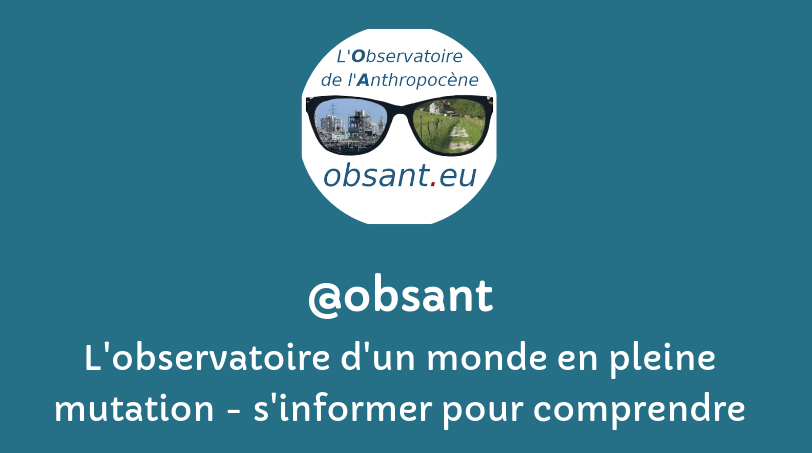Les champs auteur(e)s & mots-clés sont cliquables. Pour revenir à la page, utilisez le bouton refresh ci-dessous.
filtre:
satellites
For decades, the surface of the polar Southern Ocean (south of 50°S) has been freshening—an expected response to a warming climate. This freshening enhanced upper-ocean stratification, reducing the upward transport of subsurface heat and possibly contributing to sea ice expansion. It also limited the formation of open-ocean polynyas. Using satellite observations, we reveal a marked increase in surface salinity across the circumpolar Southern Ocean since 2015. This shift has weakened upper-ocean stratification, coinciding with a dramatic decline in Antarctic sea ice coverage. Additionally, rising salinity facilitated the reemergence of the Maud Rise polynya in the Weddell Sea, a phenomenon last observed in the mid-1970s.
NASA satellites discovered that Earth's surface has lost enough water to empty Lake Erie two and a half times since 2015. And the problem could be here to stay.
Climate change and human activities increasingly threaten lakes that store 87% of Earth’s liquid surface fresh water. Yet, recent trends and drivers of lake volume change remain largely unknown globally. Here, we analyze the 1972 largest global lakes using three decades of satellite observations, climate data, and hydrologic models, finding statistically significant storage declines for 53% of these water bodies over the period 1992–2020. The net volume loss in natural lakes is largely attributable to climate warming, increasing evaporative demand, and human water consumption, whereas sedimentation dominates storage losses in reservoirs. We estimate that roughly one-quarter of the world’s population resides in a basin of a drying lake, underscoring the necessity of incorporating climate change and sedimentation impacts into sustainable water resources management.
![]()



